All the leaf sheaths are concentrated at the top and form a round canopy. The tree will produce fruit and sugar water after 30 years of planting. The interesting thing about male palmyra palm is that it only flowers but does not bear fruit, so people often climb male palmyra palms to get water from the pistils.
The season for collecting palm juice begins when the weather is dry, from November to April of the lunar calendar every year, and can be earlier or later depending on the weather. Palm tree climbers must be healthy, careful and hard-working, not only good at climbing high and precarious in the harsh sunlight, but they must also be proficient in cutting fruit clusters and collecting juice.
Palm juice is cooked into sugar by the people completely by hand with a cast iron pan placed on a red-hot clay stove. 10 liters of palm juice will be cooked for several hours to create 1kg of naturally sweet sugar, without using additives.
Stir continuously until the sugar is condensed and has a characteristic golden color, then take it out of the oven immediately to avoid burning. Pour it into a cylindrical mold, then pour it out, cut it into slices, and wrap it with palm leaves like banh tet.
The Seven Mountains region is a favorite destination for many tourists. The rows of palm trees stretch out to welcome wandering feet, allowing them to freely click photos to capture the beauty of simple life.
Palm trees are also inseparable in the lives of Khmer people, grown mainly for water, sugar cooking, and cake making, helping people have a stable income. While many other traditional craft villages are fading away, palm sugar cooking is still developing steadily, creating a specialty of the Bay Nui region in particular and An Giang in general.
Heritage Magazine


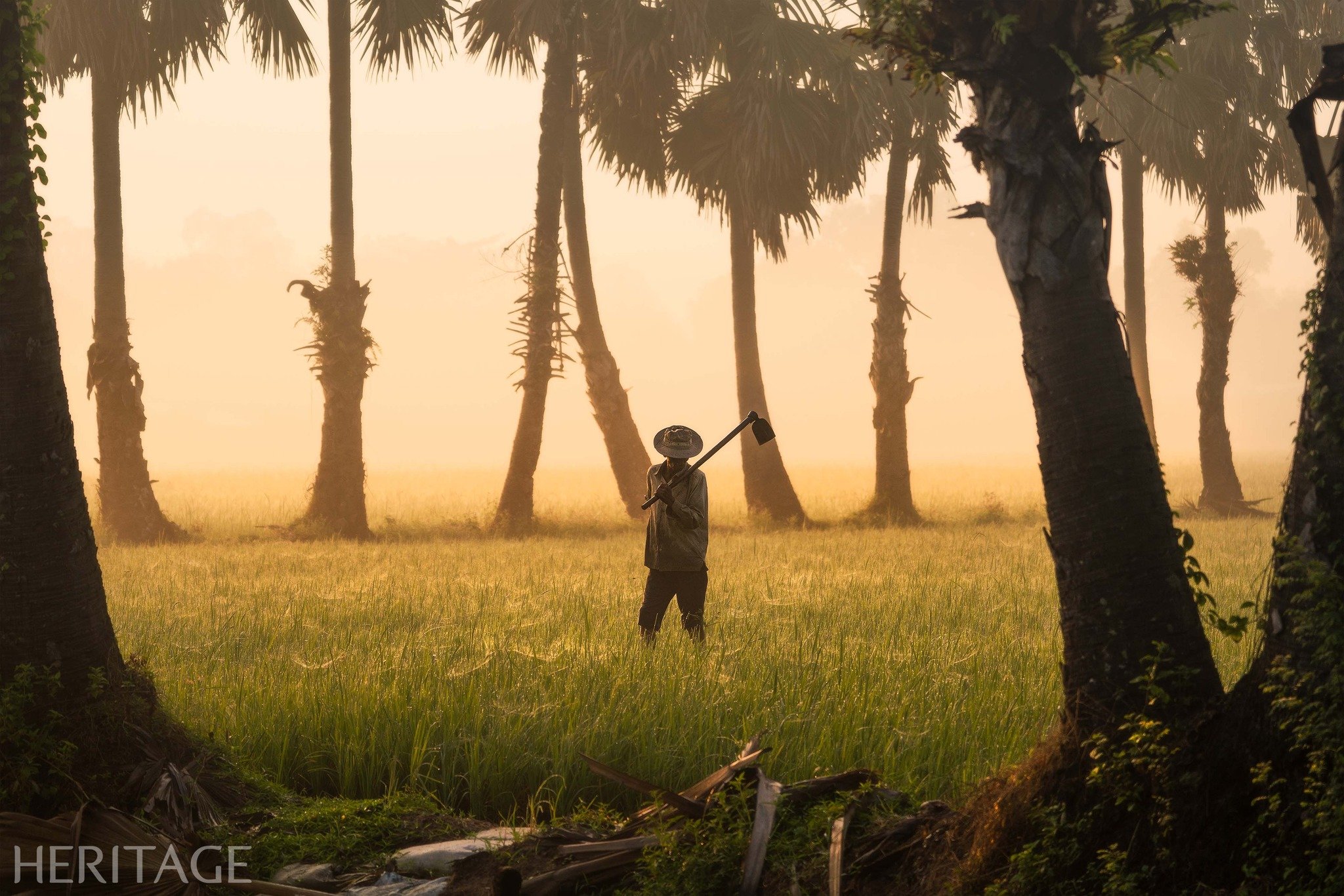
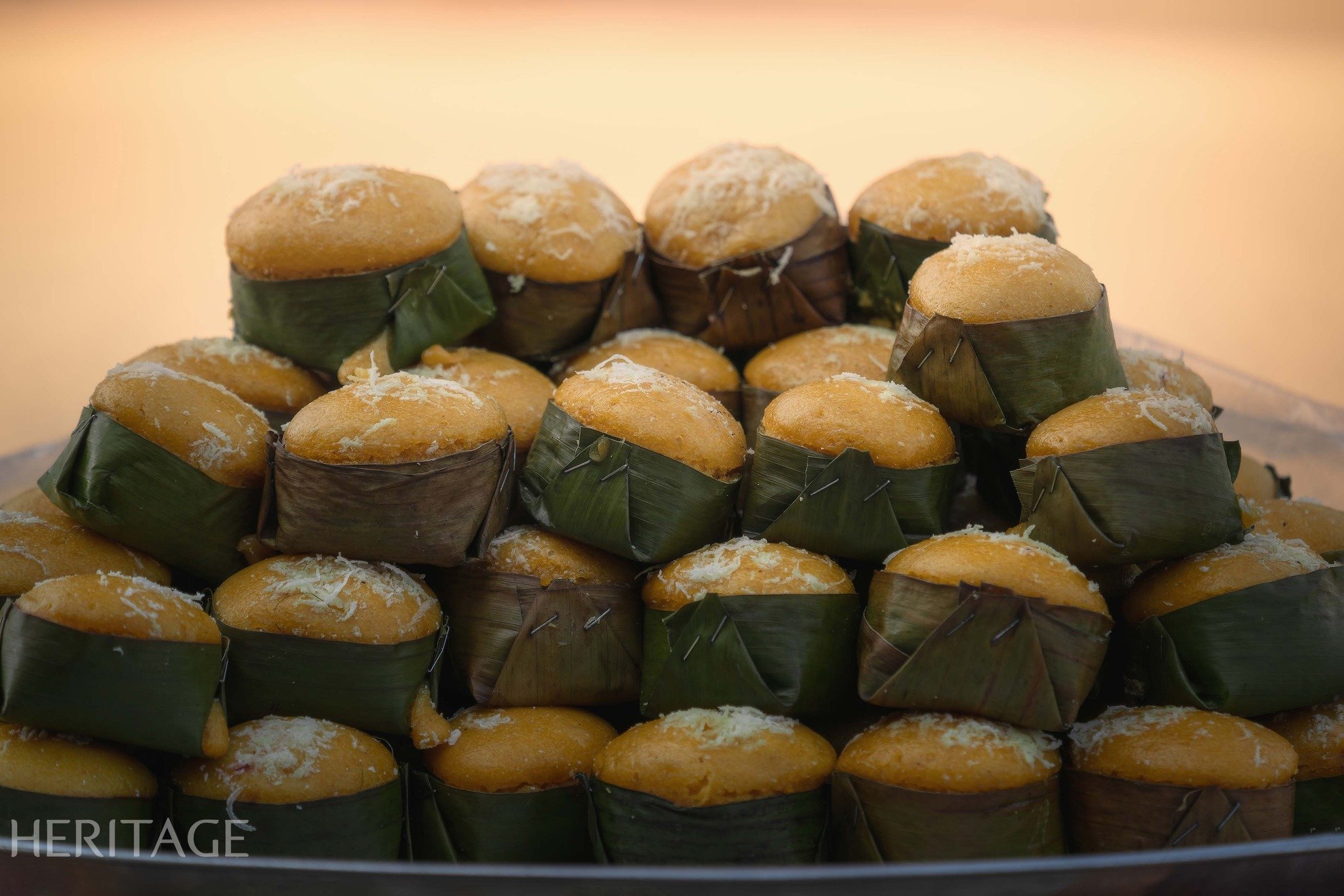
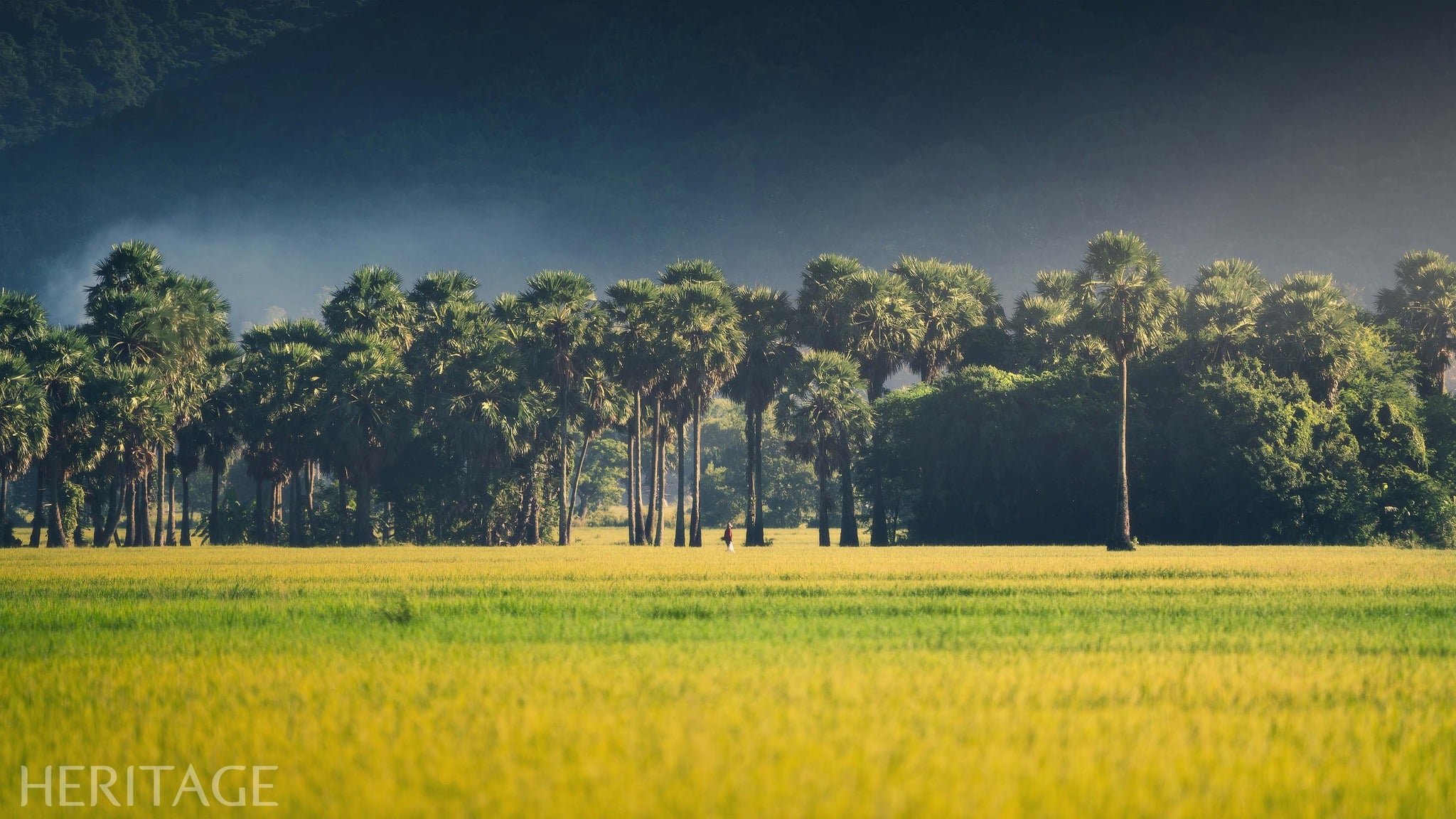
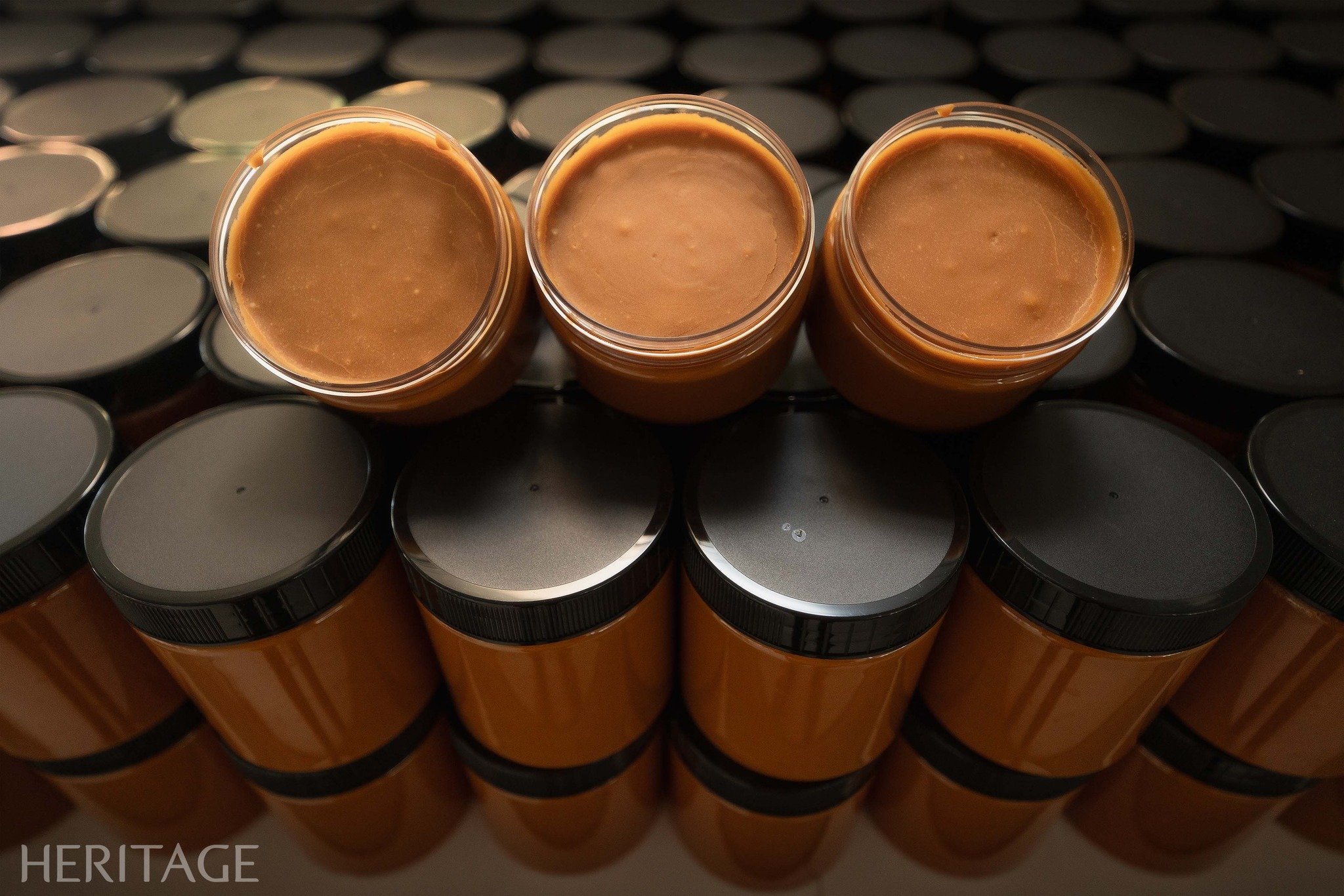
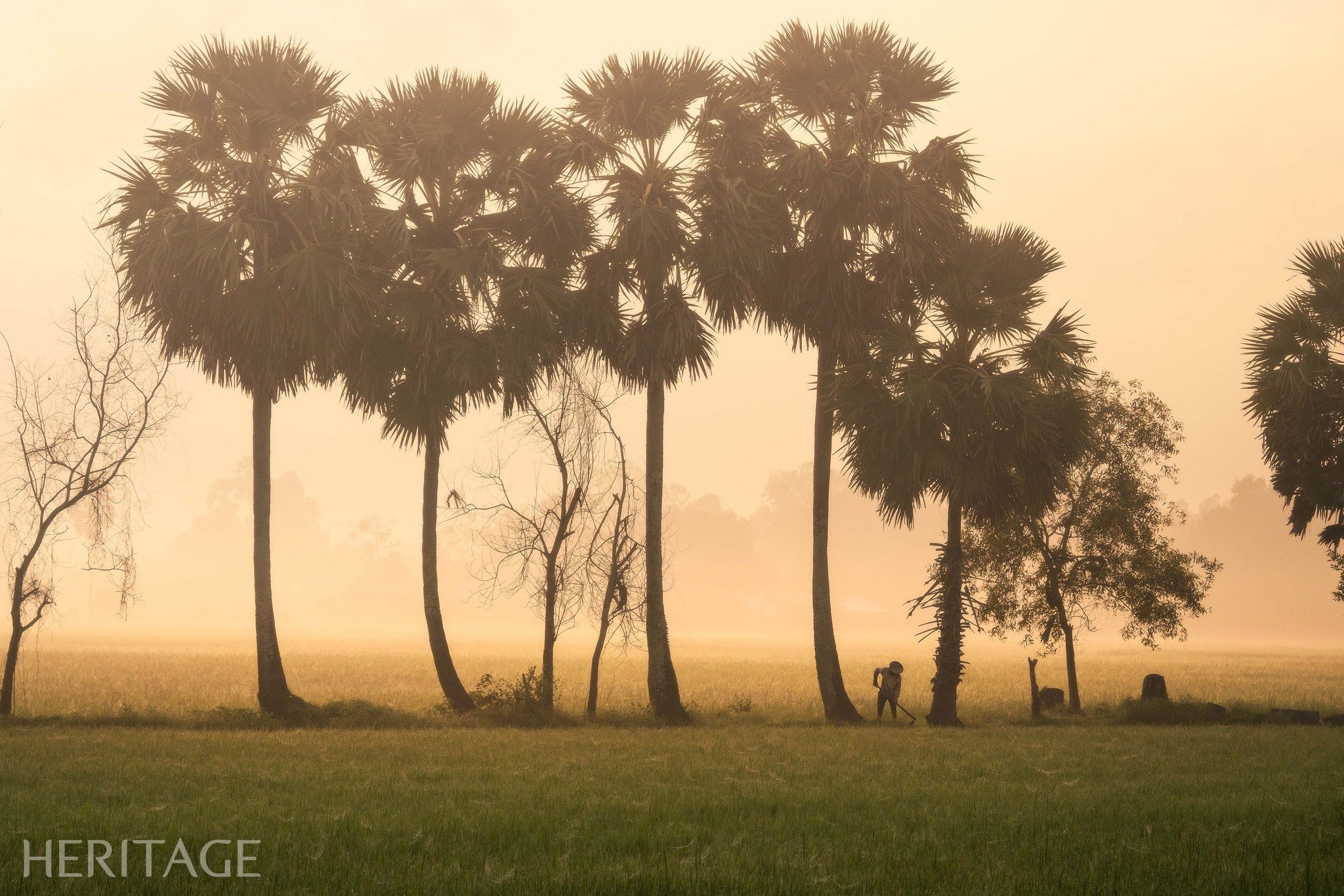
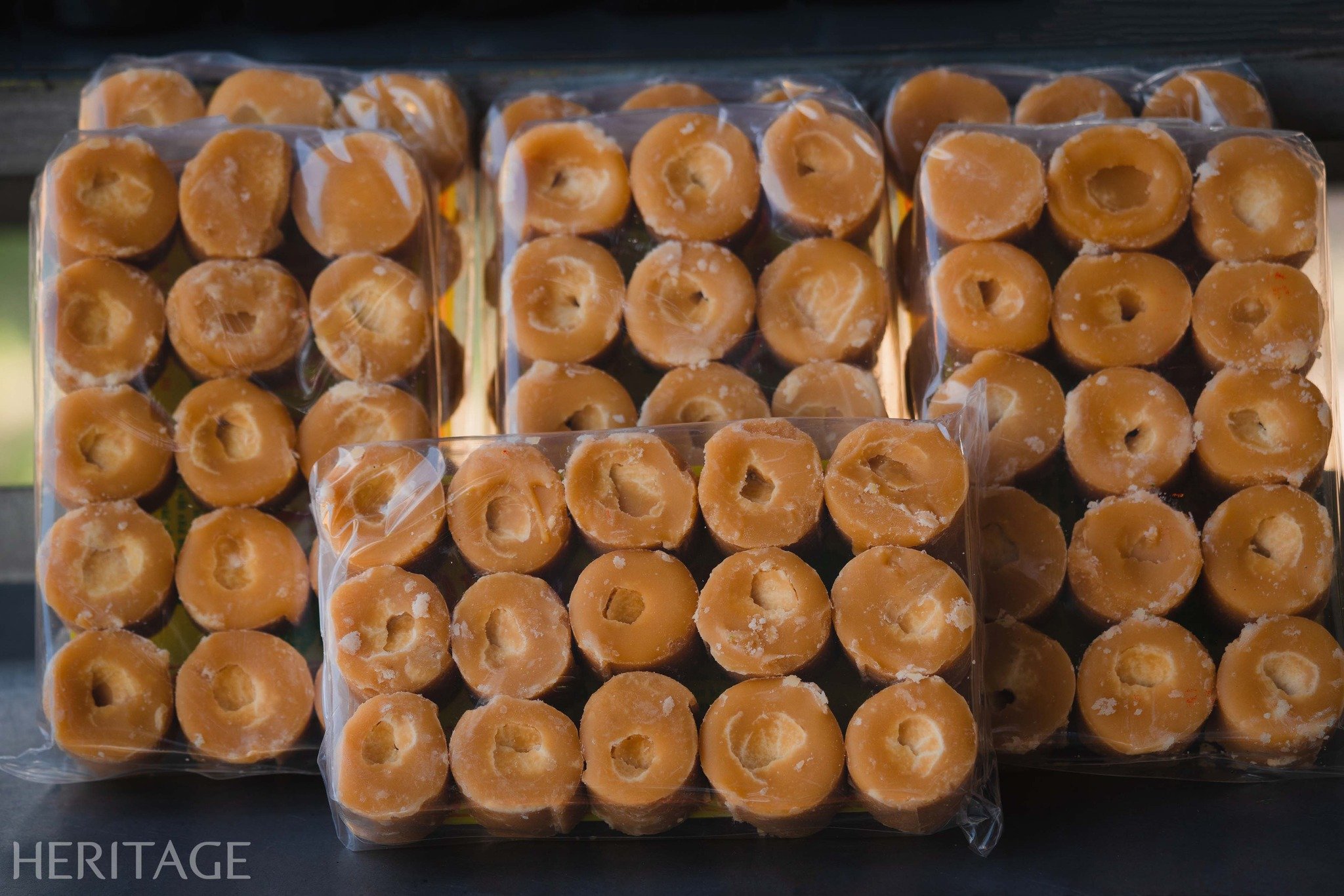






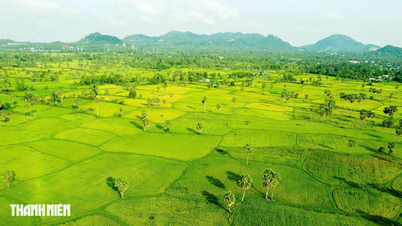



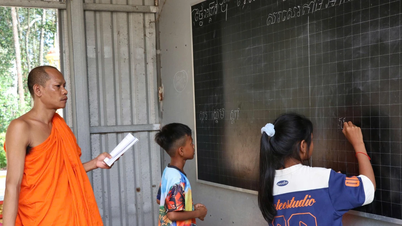


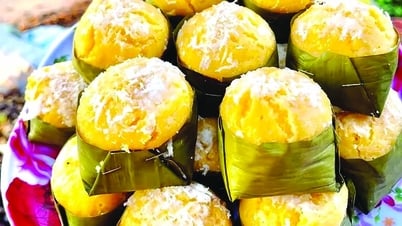

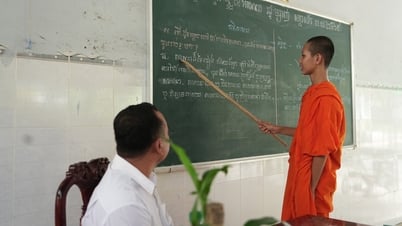
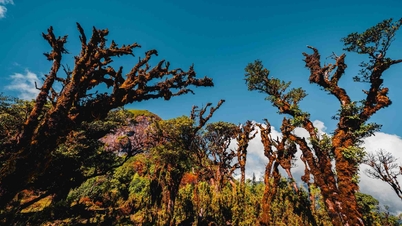

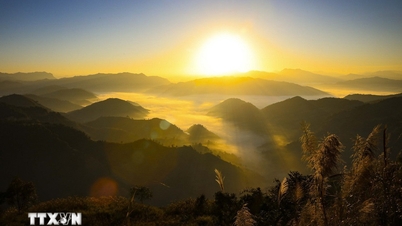

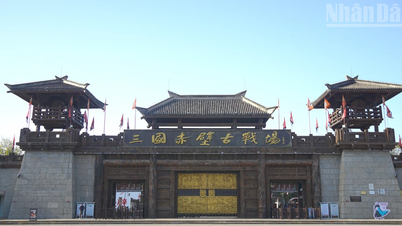

![[Photo] Parade to celebrate the 50th anniversary of Laos' National Day](https://vphoto.vietnam.vn/thumb/402x226/vietnam/resource/IMAGE/2025/12/02/1764691918289_ndo_br_0-jpg.webp)
![[Photo] Worshiping the Tuyet Son statue - a nearly 400-year-old treasure at Keo Pagoda](https://vphoto.vietnam.vn/thumb/402x226/vietnam/resource/IMAGE/2025/12/02/1764679323086_ndo_br_tempimageomw0hi-4884-jpg.webp)
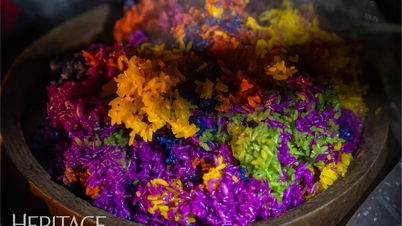




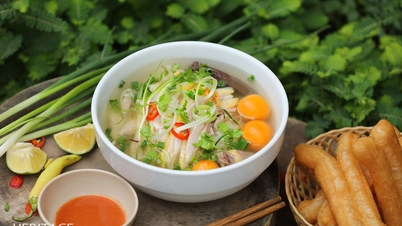


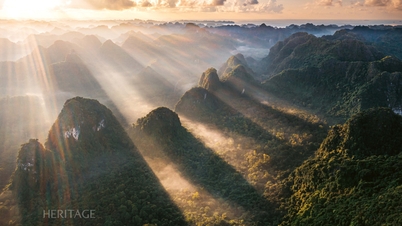
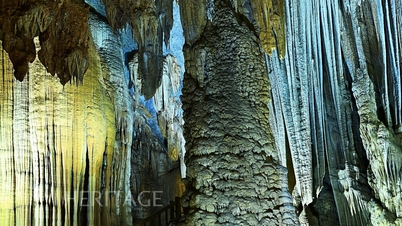

![[Photo] Parade to celebrate the 50th anniversary of Laos' National Day](/_next/image?url=https%3A%2F%2Fvphoto.vietnam.vn%2Fthumb%2F1200x675%2Fvietnam%2Fresource%2FIMAGE%2F2025%2F12%2F02%2F1764691918289_ndo_br_0-jpg.webp&w=3840&q=75)
![[Photo] Worshiping the Tuyet Son statue - a nearly 400-year-old treasure at Keo Pagoda](/_next/image?url=https%3A%2F%2Fvphoto.vietnam.vn%2Fthumb%2F1200x675%2Fvietnam%2Fresource%2FIMAGE%2F2025%2F12%2F02%2F1764679323086_ndo_br_tempimageomw0hi-4884-jpg.webp&w=3840&q=75)
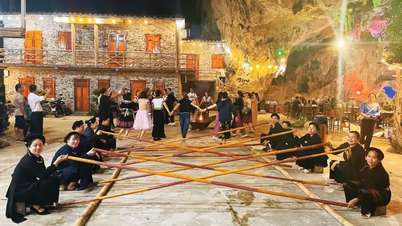

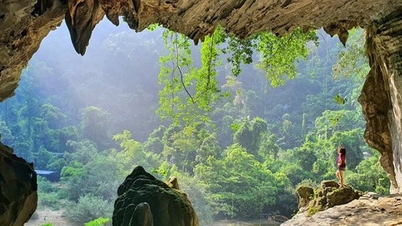

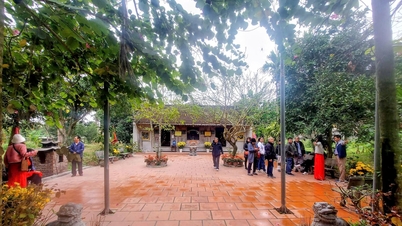

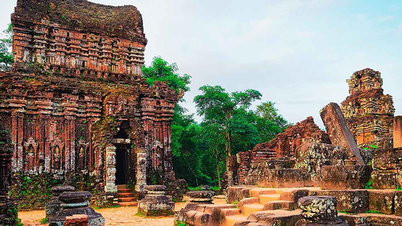


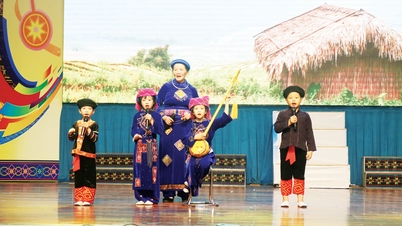




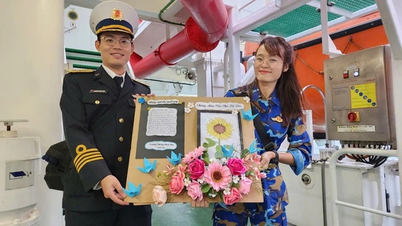

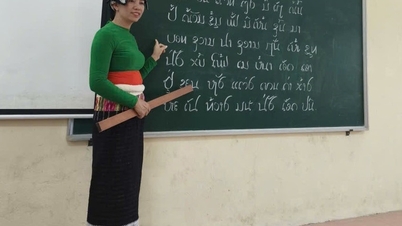

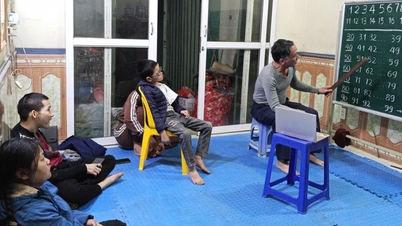

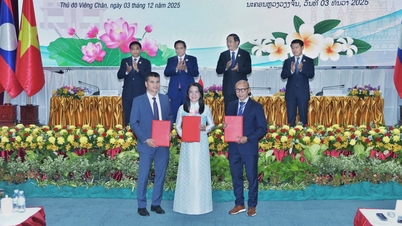














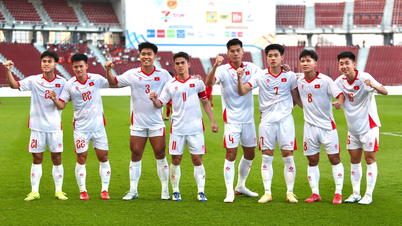

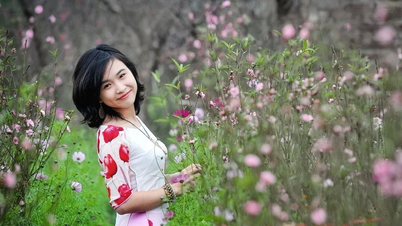




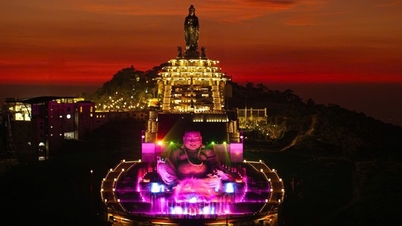
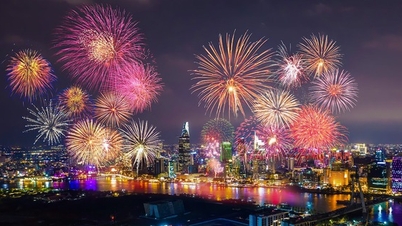




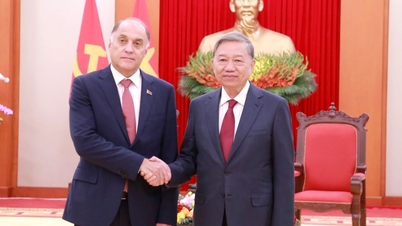


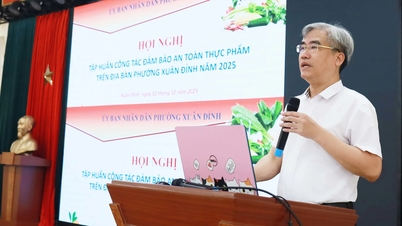


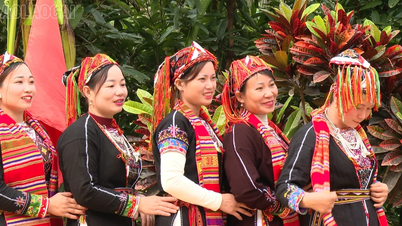















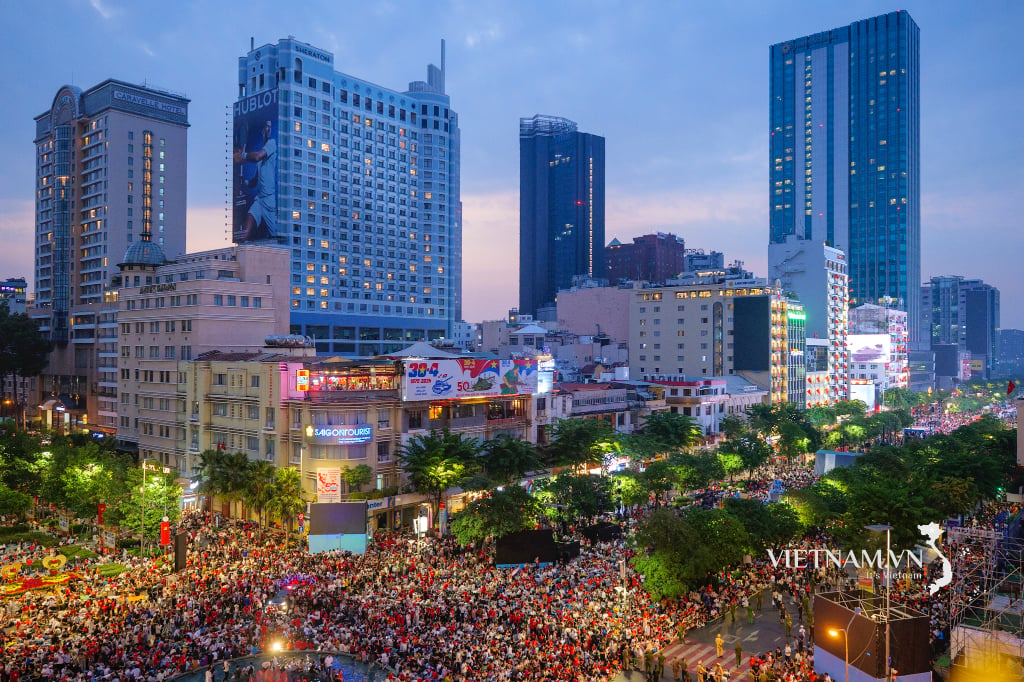
Comment (0)